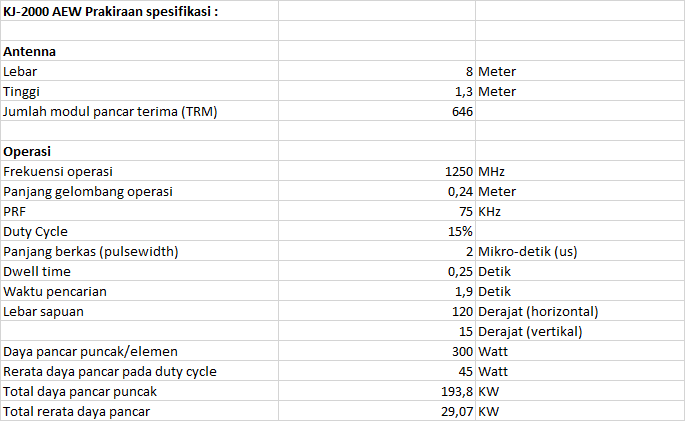Gallia- wrote:The average grunt using an M2HB probably doesn't realize the similarities between it and the Humvee diesel engine that his gun share, but that doesn't mean he doesn't know how to use it.
How does knowing what a recoilless rifle is or how it operates help an intelligence analyst do his job?
You can easily divorce the method of operation from the effects and capabilities of a weapon. It's done all the time.
It helps when a friendly convoy is coming through the area and the guy says the only threat is small arms









 ?
?


 However, there are times when it’s better just to shoot the damn rabbit and take it home for a nice rabbit stew content in your blissful ignorance.
However, there are times when it’s better just to shoot the damn rabbit and take it home for a nice rabbit stew content in your blissful ignorance. 


